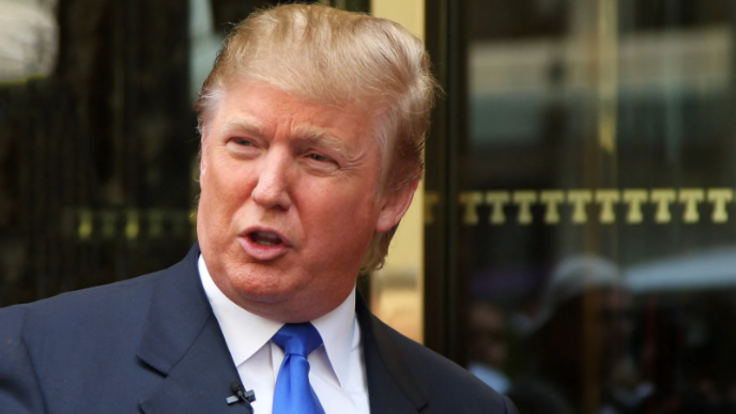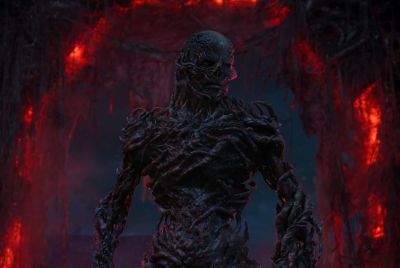Donald Trump Car Accident Video Shows Many Americans Still Believe in Fake News — Here's the Truth
Is the video real or just another fake news about the US President?

A video claiming that US President Donald Trump was involved in a car accident is going viral. The clip, shared widely across Facebook and X, alarmed many viewers before fact-checkers debunked it.
The post claimed Trump had been in a fatal crash moments after leaving the White House. Within hours, the false clip spread through social media groups, fuelling confusion and fear among thousands online.
Donald Trump Allegedly Got Into Car Accident
The misleading footage started spreading on September. But, many people are still sharing it on Facebook this October. It showed emergency workers standing beside a damaged white car, surrounded by flashing lights.
'US President Donald Trump has just been involved in a fatal road accident few minutes after leaving the White House', most of the caption read as per The Hindustan Times.
One version on Facebook gained thousands of views in less than an hour. Users quickly shared it with friends and family. Many expressed shock. Some questioned its authenticity. One comment read: 'Interesting since he's not in the country currently.'
'If he was involved in an accident, there would be about 500 Secret Service in that area', another one argued. Others dismissed the clip as fake and urged people to stop spreading false stories.
Despite obvious inconsistencies, the post continued to circulate. Similar versions appeared on X and TikTok. Each copy gained new audiences who were unaware it had already been debunked.
Real or Hoax? Here's the Truth
The video was completely false. At the time of the alleged crash, Donald Trump was in Egypt, not in Washington. Reports confirmed he was attending a peace summit in Sharm el-Sheikh following a visit to Israel earlier that day.
The so-called Donald Trump car accident video used unrelated crash footage, likely taken from a separate incident years earlier. The visuals were repurposed and falsely labelled to mislead viewers into thinking Trump had been injured or killed.
Do Americans Believe the Video?
Even with evidence disproving the claim, some Americans still believed the hoax. Comment sections on Facebook and X showed mixed reactions. Some users analysed details and pointed out errors.
Others reposted it without checking. This pattern shows how misinformation still spreads easily, especially through emotional or shocking content.
While most eventually realised the story was fake, the initial reaction demonstrated how quickly false headlines can manipulate public opinion.
Can Americans Spot Fake News?
Research suggests that many Americans overestimate their ability to detect fake news. According to CNN, a 2021 study published in the Proceedings of the National Academy of Sciences found that those most confident in identifying misinformation were often the worst at it.
'Overconfident individuals are more likely to visit untrustworthy websites and share false content on social media, especially when it aligns with their political beliefs', said Prof. Ben Lyons from the University of Utah.
A newer study from the University of Virginia in 2024 showed that younger generations are more vulnerable than older ones. Using an AI-driven test called the Misinformation Susceptibility Test, researchers discovered that only 11% of Americans aged 18–29 scored high in identifying fake stories. In contrast, 36% of adults aged 65 and above achieved high scores.
Hudson Golino, who led the study, explained that older adults benefit from greater life experience and better critical reasoning. He said, 'Older adults are actually less vulnerable to misinformation than younger adults.'
The Donald Trump car accident hoax highlights that false stories still thrive online. It shows how easily misinformation can manipulate audiences and how crucial digital literacy remains in today's fast-moving news cycle.
© Copyright IBTimes 2025. All rights reserved.





















